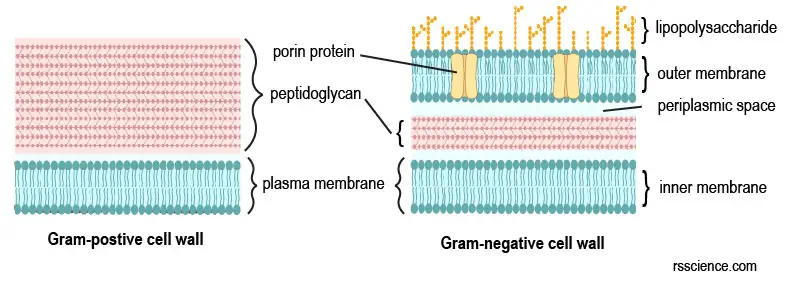
Several classes of antibiotics have been designed to target gram-negative bacteria, including aminopenicillins, ureidopenicillins, cephalosporins, beta-lactam- betalactamase inhibitor combinations (e.g. This toxic reaction may lead to low blood pressure, respiratory failure, reduced oxygen delivery, and lactic acidosis – manifestations of septic shock. Additionally, the outer leaflet of this membrane comprises a complex lipopolysaccharide (LPS) whose lipid A component can cause a toxic reaction when bacteria are lysed by immune cells. They are a significant medical challenge as their outer membrane protects them from many antibiotics (including penicillin), detergents that would normally damage the inner cell membrane, and lysozyme, an antimicrobial enzyme produced by animals that forms part of the innate immune system.

The gram-negative bacteria include the model organism Escherichia coli, as well as many pathogenic bacteria, such as Pseudomonas aeruginosa, Chlamydia trachomatis, and Yersinia pestis. Gram-negative bacteria are found in virtually all environments on Earth that support life. They are characterized by their cell envelopes, which are composed of a thin peptidoglycan cell wall sandwiched between an inner cytoplasmic cell membrane and a bacterial outer membrane. Gram-negative bacteria are bacteria that do not retain the crystal violet stain used in the Gram staining method of bacterial differentiation. It does not store any personal data.Group of bacteria that do not retain the Gram stain used in bacterial differentiation Microscopic image of gram-negative Pseudomonas aeruginosa bacteria (pink-red rods) The cookie is set by the GDPR Cookie Consent plugin and is used to store whether or not user has consented to the use of cookies. The cookie is used to store the user consent for the cookies in the category "Performance". This cookie is set by GDPR Cookie Consent plugin. The cookie is used to store the user consent for the cookies in the category "Other. The cookies is used to store the user consent for the cookies in the category "Necessary". The cookie is set by GDPR cookie consent to record the user consent for the cookies in the category "Functional". The cookie is used to store the user consent for the cookies in the category "Analytics". These cookies ensure basic functionalities and security features of the website, anonymously. Necessary cookies are absolutely essential for the website to function properly.

The cell wall primarily composed of peptidoglycanĬell wall contain three main components – (1) Lipopolysaccharides, (2) Lipoproteins and (3) PeptidoglycanĬomparatively thick and homogenous cell wall.Ĭomparatively thin and heterogeneous cell wall.Ĭomparatively more lipid content, 11 – 22% Retain the crystal violet stain (primary stain) and appear in purple under microscopeĭoes not retain the crystal violet stain, appear as pink with safranin (counter stain) The present post discusses the Differences between the Cell Wall of Gram positive and Gram negative bacteria with a comparison table.Ĭomparison of the Cell Wall of Gram Positive and Gram Negative Bacteriaĭifference between the Cell Wall of Gram Positive and Gram Negative Bacteria



 0 kommentar(er)
0 kommentar(er)
